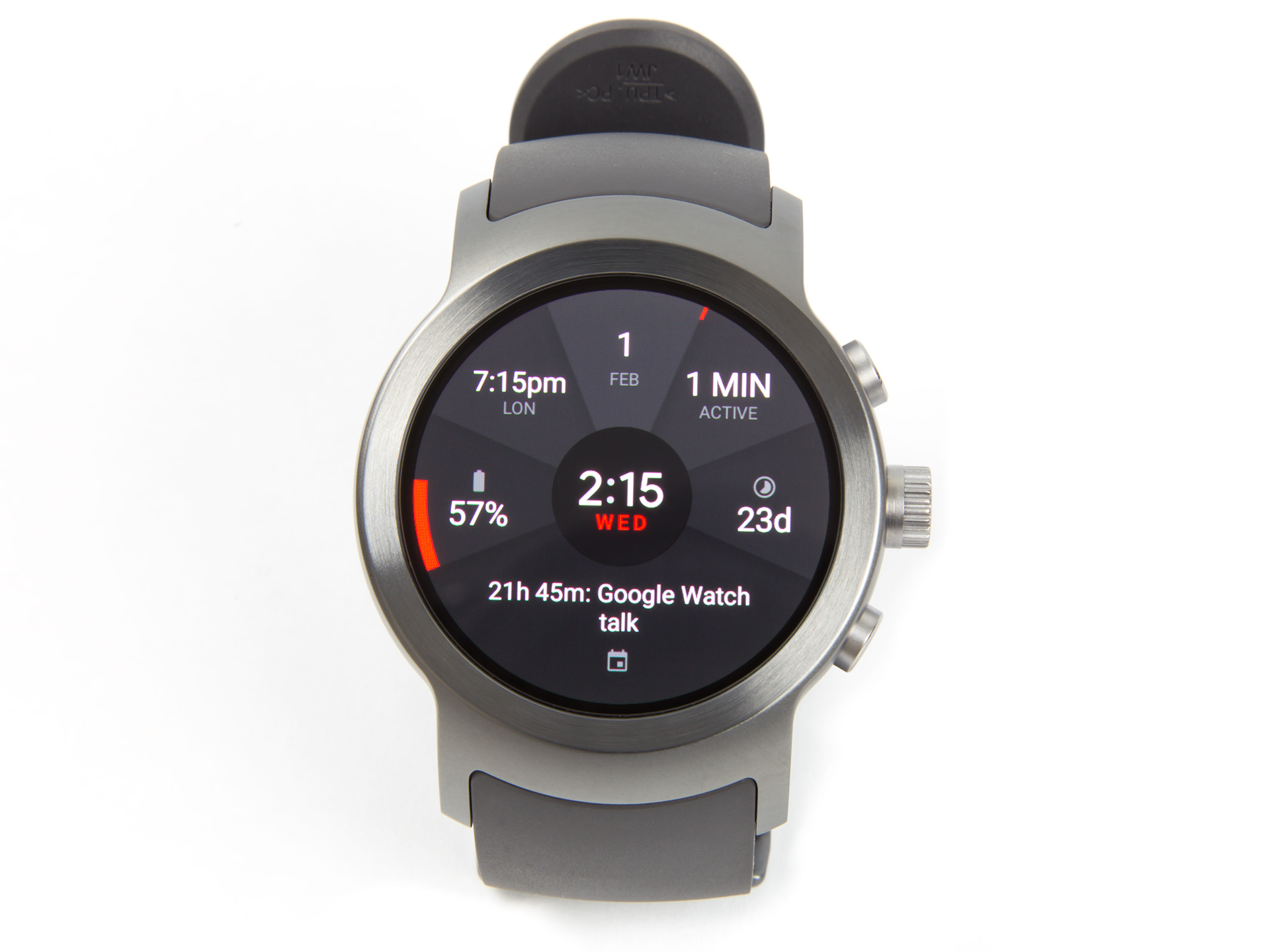Ars Technica would like to wish a very special second birthday to the Qualcomm Snapdragon Wear 2100 SoC. While most flagship SoCs have a life cycle of about one year on the top of the market, over the weekend the Wear 2100 will celebrate two years as the least awful smartwatch SoC you can use in an Android Wear device. It's positively ancient at this point.
Seriously though, Qualcomm has seemingly abandoned the smartwatch market. The Wear 2100 SoC was announced in February 2016, Qualcomm skipped out on an upgrade for February 2017, and it doesn't seem like we're getting a new smartwatch chip any time soon.
In a healthy SoC market, this would be fine. Qualcomm would ignore the smartwatch SoC market, make very little money, and all the Android Wear OEMs would buy their SoCs from a chip vendor that was addressing smartwatch demand with a quality chip. The problem is, the SoC market isn't healthy at all. Qualcomm has a monopoly on smartwatch chips and doesn't seem interested in making any smartwatch chips. For companies like Google, LG, Huawei, Motorola, and Asus, it is absolutely crippling. There are literally zero other options in a reasonable price range (although we'd like to give a shoutout to the $1,600 Intel Atom-equipped Tag Heuer Connected Modular 45), so companies either keep shipping two-year-old Qualcomm chips or stop building smartwatches.
Android Wear is not a perfect smartwatch operating system, but the primary problem with Android Wear watches is the hardware, like size, design (which is closely related to size), speed, and battery life. All of these are primarily influenced by the SoC, and there hasn't been a new option for OEMs since 2016. There are only so many ways you can wrap a screen, battery, and body around an SoC, so Android smartwatch hardware has totally stagnated.
To make matters worse, the Wear 2100 wasn't even a good chip when it was new. The chip is built with a 28nm process, which was old and busted even in 2016. Qualcomm's flagship smartphone SoC at the time was the Snapdragon 820, which used a much better 14nm process. To find a flagship 28nm smartphone chip, you'd have to go back in time to the Snapdragon 801/800. That's right, 28nm was state-of-the-art smartphone technology in 2013. A smaller transistor manufacturing process will lead to a chip that is cooler, smaller, and more battery-efficient. While these attributes matter in smartphones, they matter far more in smartwatches, and Qualcomm has never put real effort into its smartwatch chips.




 Loading comments...
Loading comments...
